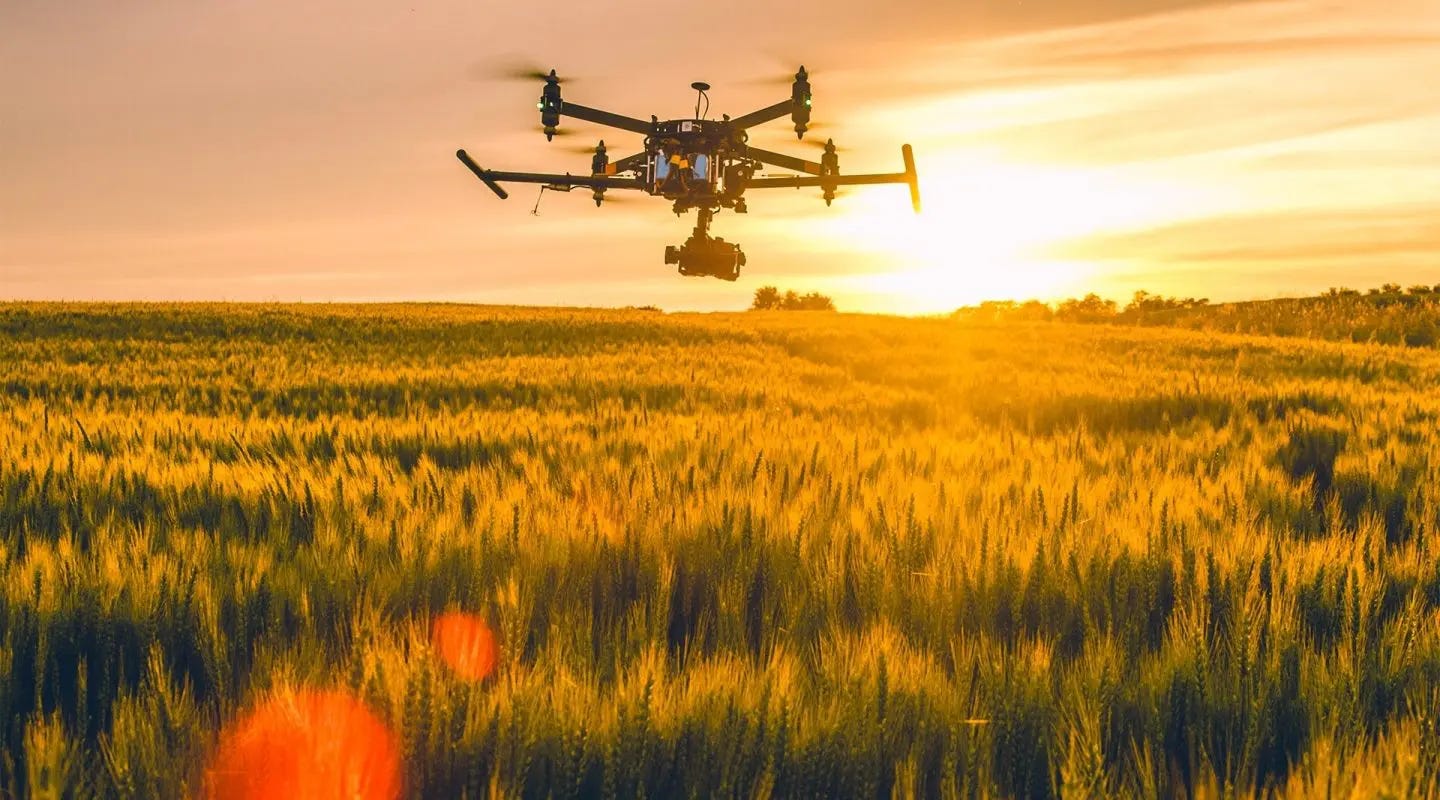Moving America Forward with Transportation Infrastructure
By Krista Chavez
Imagine receiving emergency medical supplies that were delivered to your house by drone; enjoying a sandwich while your autonomous vehicle drives you from Dallas, Texas, to Salt Lake City, Utah; or taking an air taxi from downtown Los Angeles to Santa Barbara to avoid traffic. These concepts may sound like science fiction, but federal, state, and local governments are currently pursuing proposals to improve American infrastructure to make these dreams a reality.
On January 30, 2020, US House Democratic leadership released a framework of proposals to reform America’s transportation and aviation infrastructure. A few provisions stand out as particularly noteworthy. Specifically, the section that highlights “Transformative Airport Investments” proposes investment in the deployment and use of unmanned aircraft systems (UASs)—more commonly referred to as drones—and the integration of electrical vehicle takeoff and landing aircraft systems (eVTOLs) like air taxis. The proposal also includes research programs to deploy smart infrastructure for autonomous vehicles.
For new technologies like UASs, eVTOLs, and self-driving vehicles to become a reality, improvements to the country’s infrastructure will be necessary.
Mercatus scholar Brent Skorup has examined how infrastructure and airspace can be divided and improved to facilitate the use of air taxis and unmanned aircrafts. In his paper, “Auctioning Airspace,” Skorup explains how regulators could create “highways in the sky” without establishing regulatory bottlenecks that would impede the growth of this new sector:
"Instead of imposing a centralized traffic management system and the mandated sharing of air taxi routes and vertiports, regulators should demarcate and auction aerial corridors—highways in the sky—much as the government auctions multiyear leases to federal assets like radio spectrum and offshore energy sites...lessons from the auction of other federal assets like spectrum, oil fields, and wind energy leases are not dispositive, but they provide evidence that auctioning airspace tracts could allow for the rapid and safe deployment of an air taxi industry in the United States."
When considering how to divide up property in the sky or implement new vehicle infrastructure, policymakers should use caution not to disrupt competition and growth.
Likewise, roads will need to be updated to incorporate the technology required for autonomous vehicles to properly operate. In “Smart Roads, Dumb Infrastructure,” Skorup and coauthor Korok Ray outline the problem:
"Despite a $30 billion annual budget for federal highway programs, there is still relatively little vehicle-to-infrastructure (V2I) technology on US roadways...the technology for autonomous vehicles exists, and the government has available funds for V2I roadside infrastructure. However, the roles of government and the private sector in this industry have never been clearly defined."
Their study acts as a roadmap to look at the resources needed for autonomous vehicles to enter the market and function safely on US roads. The United States already has $30 billion available annually for highway projects, so the appropriate resources may already exist to help build the infrastructure required for AVs.
Instead, policymakers should consider how to best structure an environment that encourages consumers to experiment safely with these technologies in a competitive market by drawing from research like Skorup and Ray’s. It is encouraging, however, to see lawmakers paying attention to the development of new transportation technologies and thinking about how they can encourage the expansion of these sectors.
If you are interested in speaking with Brent Skorup about his research, please reach out to [email protected].


